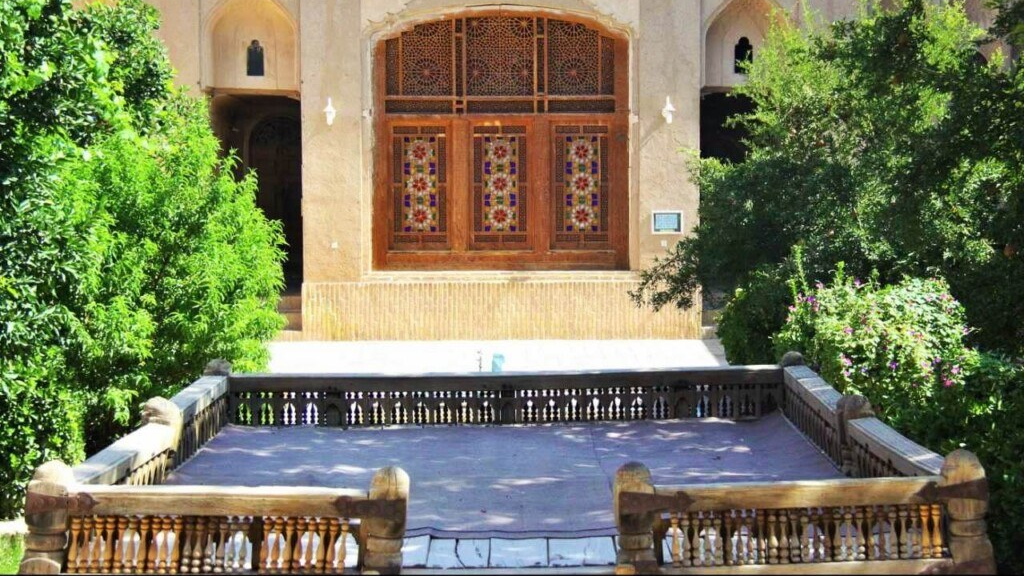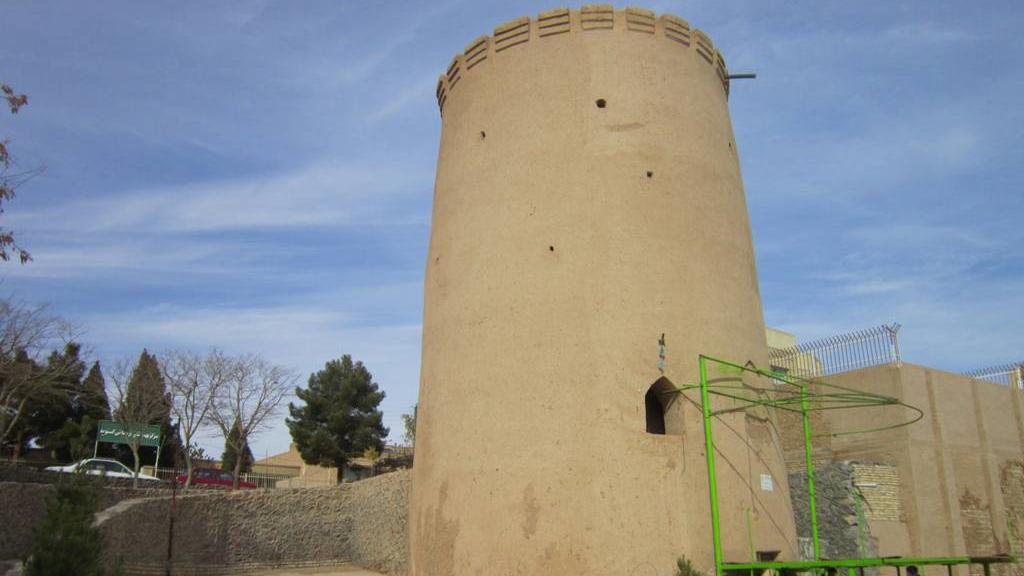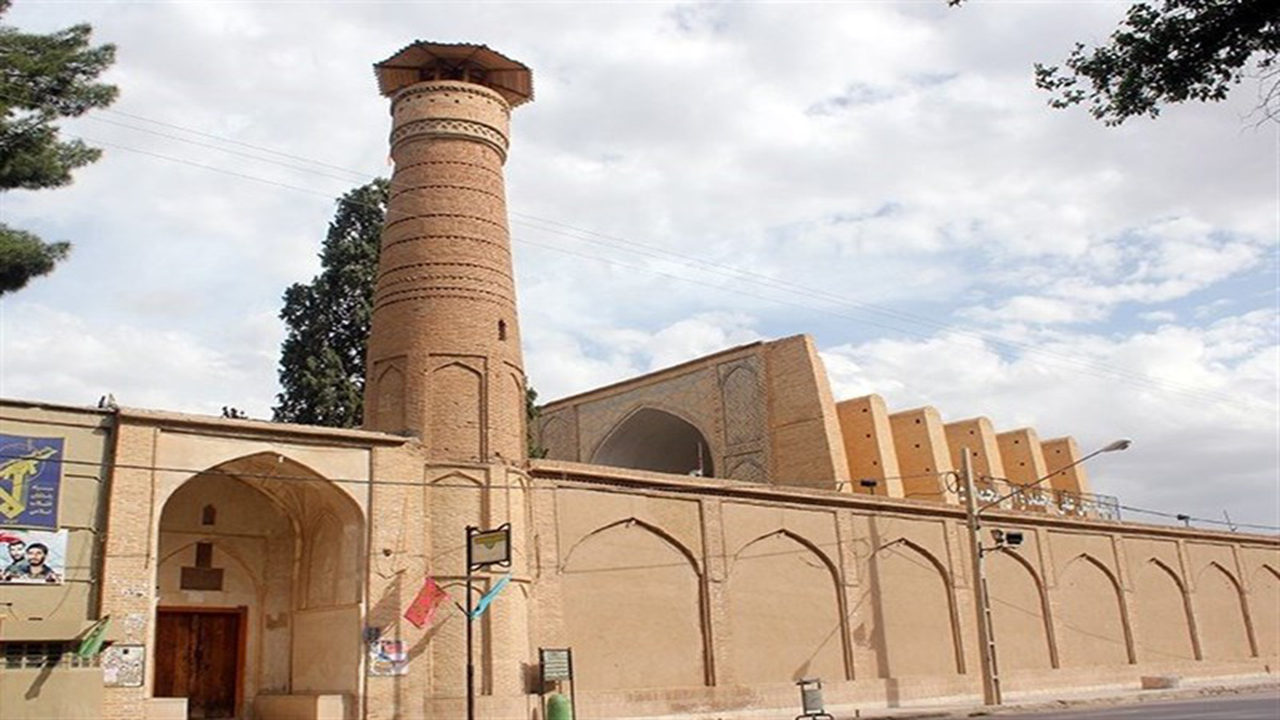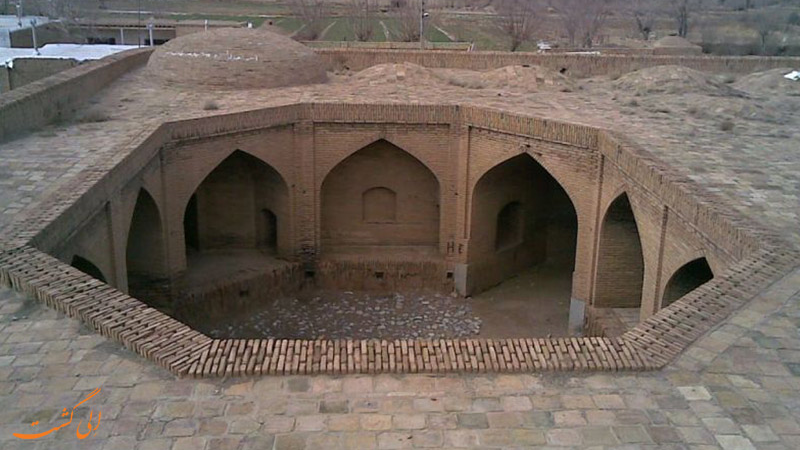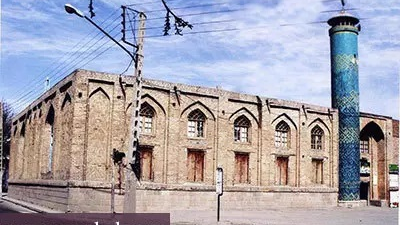
National Garden of Tehran
After Tehran was chosen as the capital of Iran during the Qajar era (the last years of the 18th century AD), its transformation process accelerated and various buildings were gradually built in this city during the Qajar and Pahlavi eras. Even though Tehran is a metropolis now it still houses some buildings left from the times when it had not become so big yet. The National Garden of Tehran is one of those complexes founded in the past, which is now located in the heart of this metropolis.
Where Is the National Garden of Tehran Situated?
Located in the heart of Tehran, this complex is bounded by “30 Tir” Street from the west, Imam Khomeini Street from the south, Ferdowsi Street from the east, and Shahid Sakhaei Street from the north and is easily accessible by various urban transportation systems. Perhaps the best way to access this site is to use the subway and get off at Imam Khomeini or Hassan Abad stations.
What Is the Historical Significance of the National Garden Complex?
Like many buildings of the Qajar period, the structure of this complex is a fusion of Iranian and European architecture. The main portal of the complex is quite eye-catching.
Being founded during the reign of Fath Ali Shah, the second king of the Qajar dynasty (reigned from 1797 to 1834 AD), the purpose of creating such a large field was military training and practicing parades. Later, a portal was built for the square during the time of Naser al-Din Shah (reign from 1848 to 1896 AD). This door existed until 1925 when Reza Shah had it replaced and changed its name and it continues to be there till date.
The National Garden Complex houses a number of important buildings and centers such as the Ministry of Foreign Affairs, the University of Arts (formerly known as the Cossack House), the Police Station, the National Oil Company, the Hall of Mirrors, the Officers’ Club, the Post and Telegram Museum of Iran, the General Directorate of Old Industries, the Museum of Ancient Iran, the Museum of Science and Technology, and Malek National Museum and Library.
History
Many events have taken place in the complex ever since its foundation 200 years ago. At some point, this place was used for the execution of some figures such as Sheikh Fazlullah Nouri (one of the leading personalities of the Constitutional Revolution) and Mirza Reza Kermani (the person who assassinated Naser al-Din Shah). During the course of the Constitutional Revolution (1905 and 1906 AD), this area was the place of gathering and protest of the constitutionalists, and after the Constitutional Revolution, it became a place for celebrating festivities.
The then Parade Square was the venue for holding the country’s first national sports competitions. Since Reza Shah was very interested in this square, on his order the western part of it was planted with different types of flowers. He also changed the name of the square to “National Garden” (Bagh-e Melli).
Cossack House was the First Building of the Parade Square
The first building made in this square was the Cossack House, which was considered a place for soldiers to gather and rest. The Cossack House had been beautifully decorated with artistic designs and paintings. However, a large part of the decorations of this building and other buildings of the Parade Square have been subjected to erosion.
The Portal of the National Garden
This portal was made in 1922 AD with two chambers on both sides of it for the guards of the place. However, these two chambers were later on erased to make place for new buildings. The garden that had been built on the order of Reza Shah gradually eroded because of the construction of several other buildings, but the mentioned portal is still standing.
The Police Station
This building was built between 1933 and 1939 AD. The architect of the building was a person by the name of Qelich Baqlian or Engineer Ali Khan (there is ambiguity in this case). The architect and designer of the square, too, was a person by the name of “Gabriel Gurkian” and, in all probability, certain changes had been made to his original design during the construction process.
The architectural style of this building has been called the “National Style” or the “Neo-Achaemenid style because certain elements of Achaemenid and neoclassical architecture can be seen in this building. Presently, this building, which has been inscribed on the list of Iran’s national heritage, belongs to Iran’s Ministry of Foreign Affairs.
The Hall of Mirrors
The beautiful building of the Hall of Mirrors, which is currently in the possession of the Ministry of Foreign Affairs and is used to receive special guests of this Ministry, was built by an architect named “Gabriel Gurkian”. The mirror works and decorations of this building are very eye-catching, and for this reason, the name “Hall of Mirrors” was chosen for it.
The National Garden (Bagh-e Melli in Persian) was inscribed on the list of Iran’s national heritage in the year 1998 AD.
The National Garden (Bagh-e Melli in Persian) is a historical and governmental compound in Tehran, which was founded more than 200 years ago for military training and was formerly referred to as Meydan-e Mashq or Meydan-e Rezheh (Parade Square).
| Name | National Garden of Tehran |
| Country | Iran |
| Type | Historical |
| Registration | National |
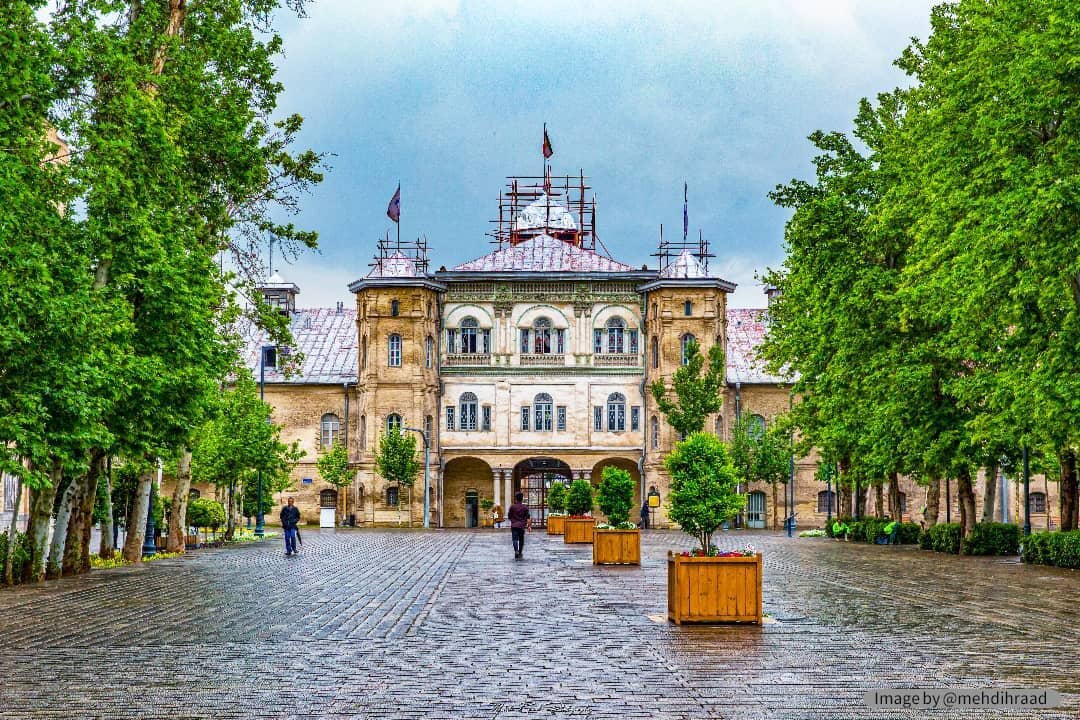
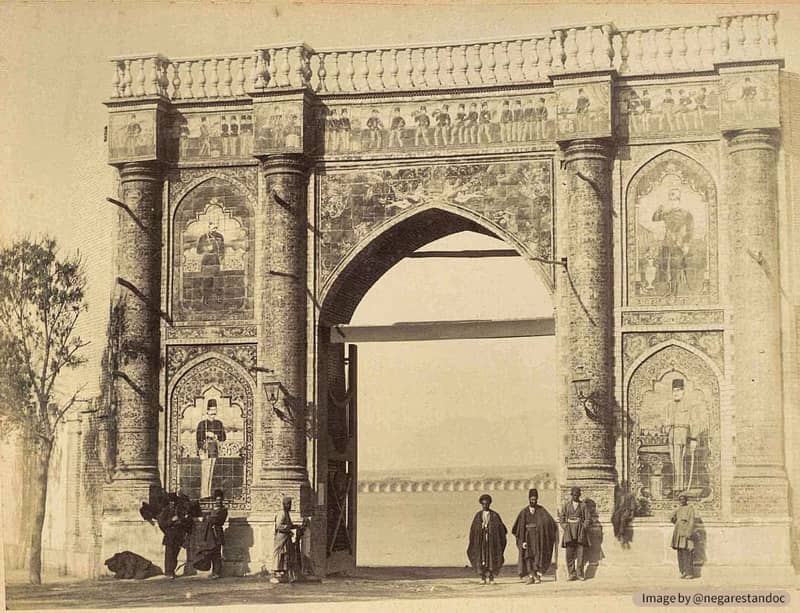
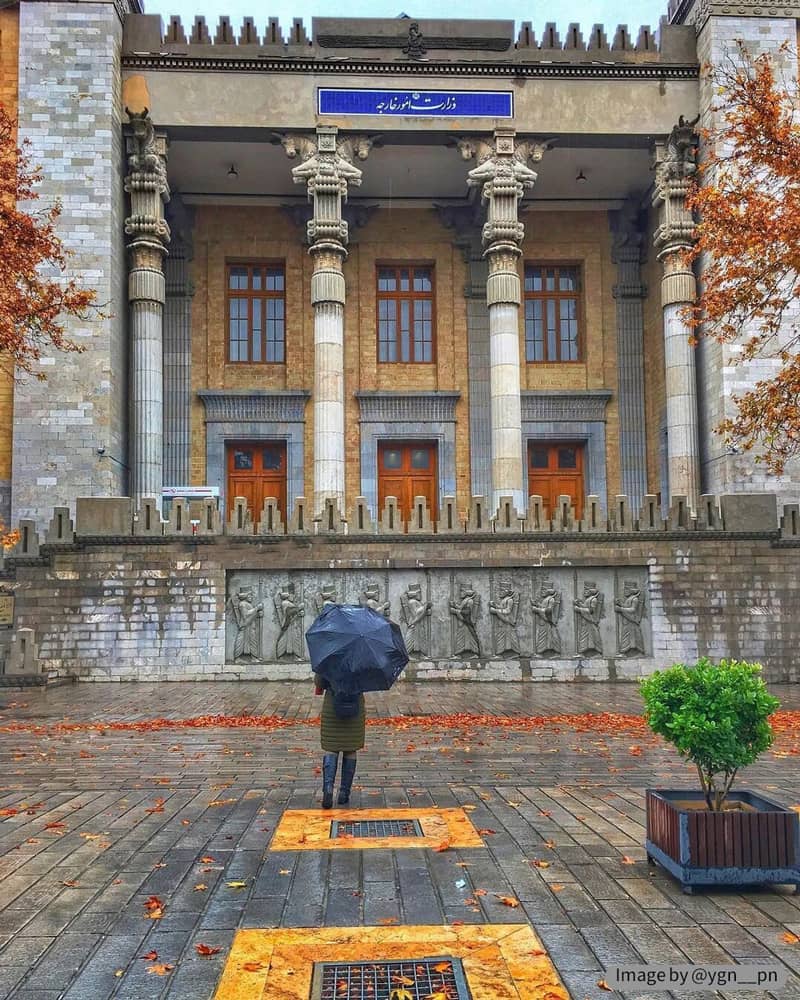





Choose blindless
Red blindless Green blindless Blue blindless Red hard to see Green hard to see Blue hard to see Monochrome Special MonochromeFont size change:
Change word spacing:
Change line height:
Change mouse type:
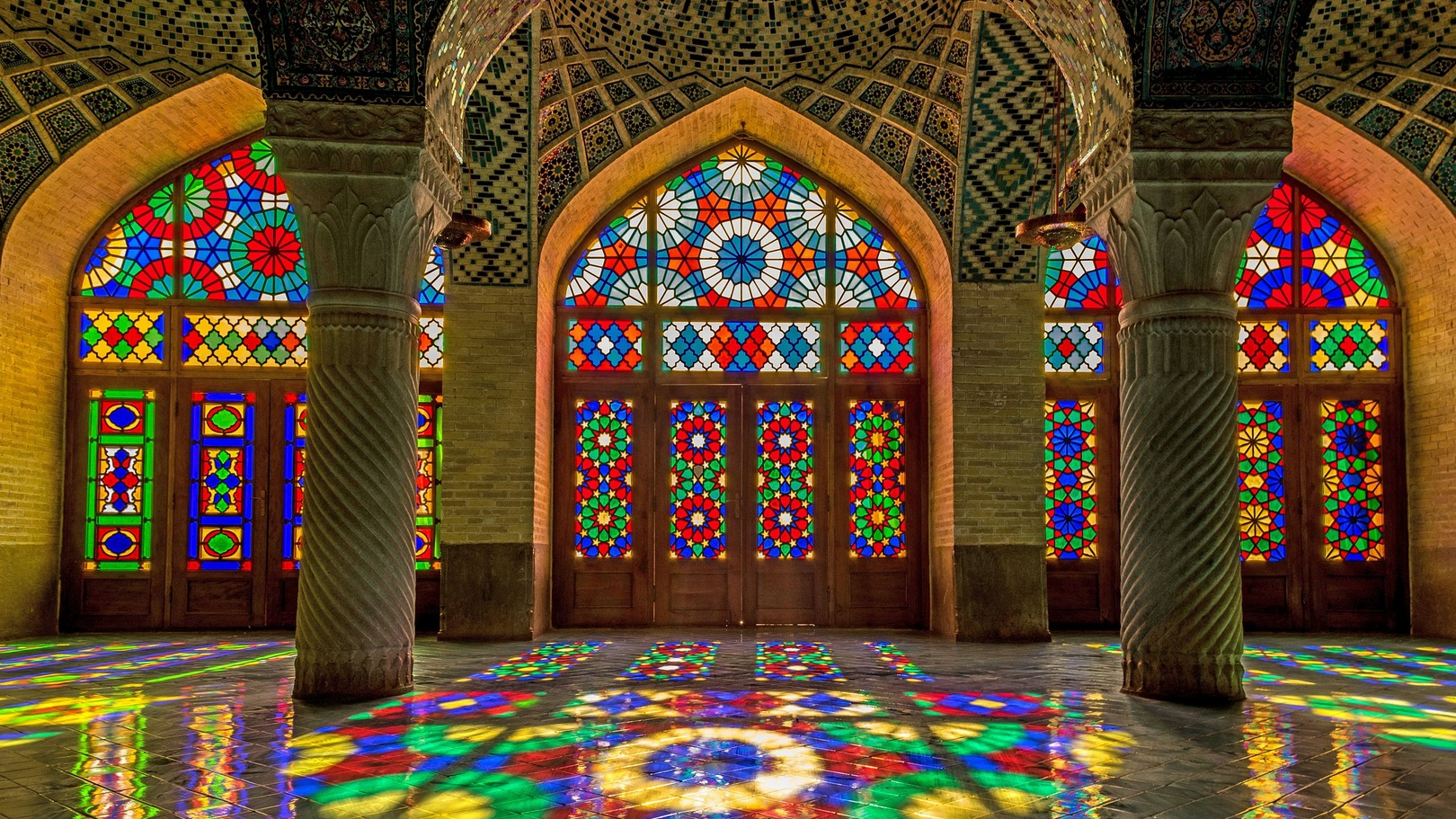
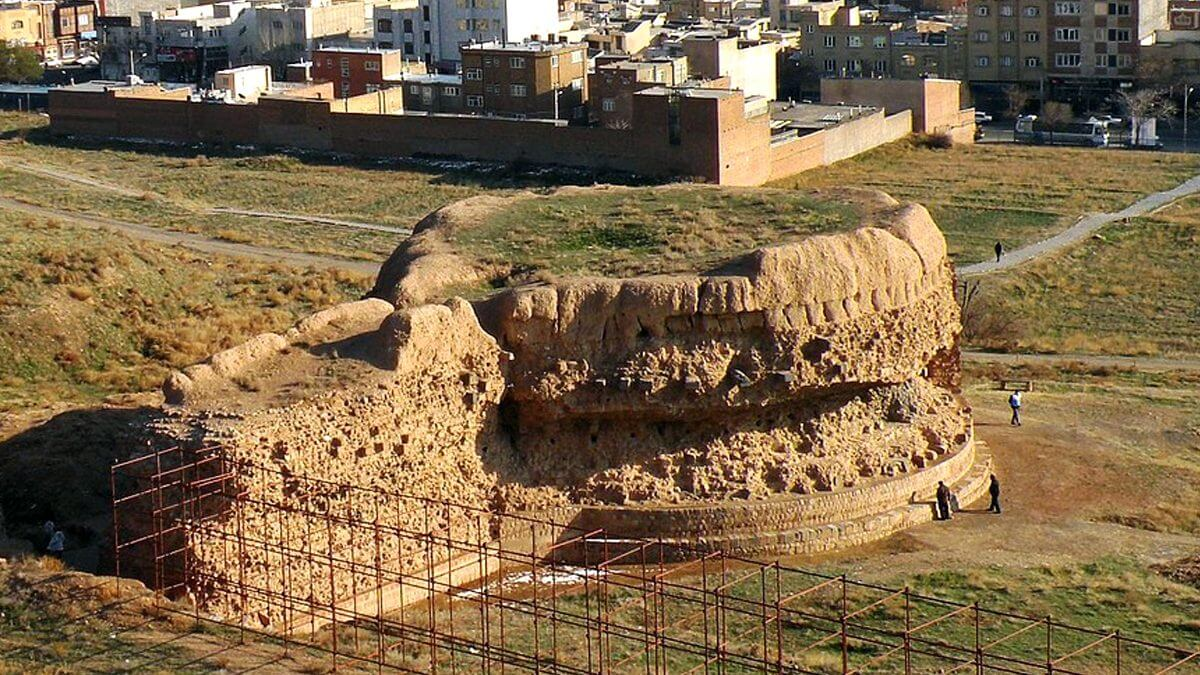
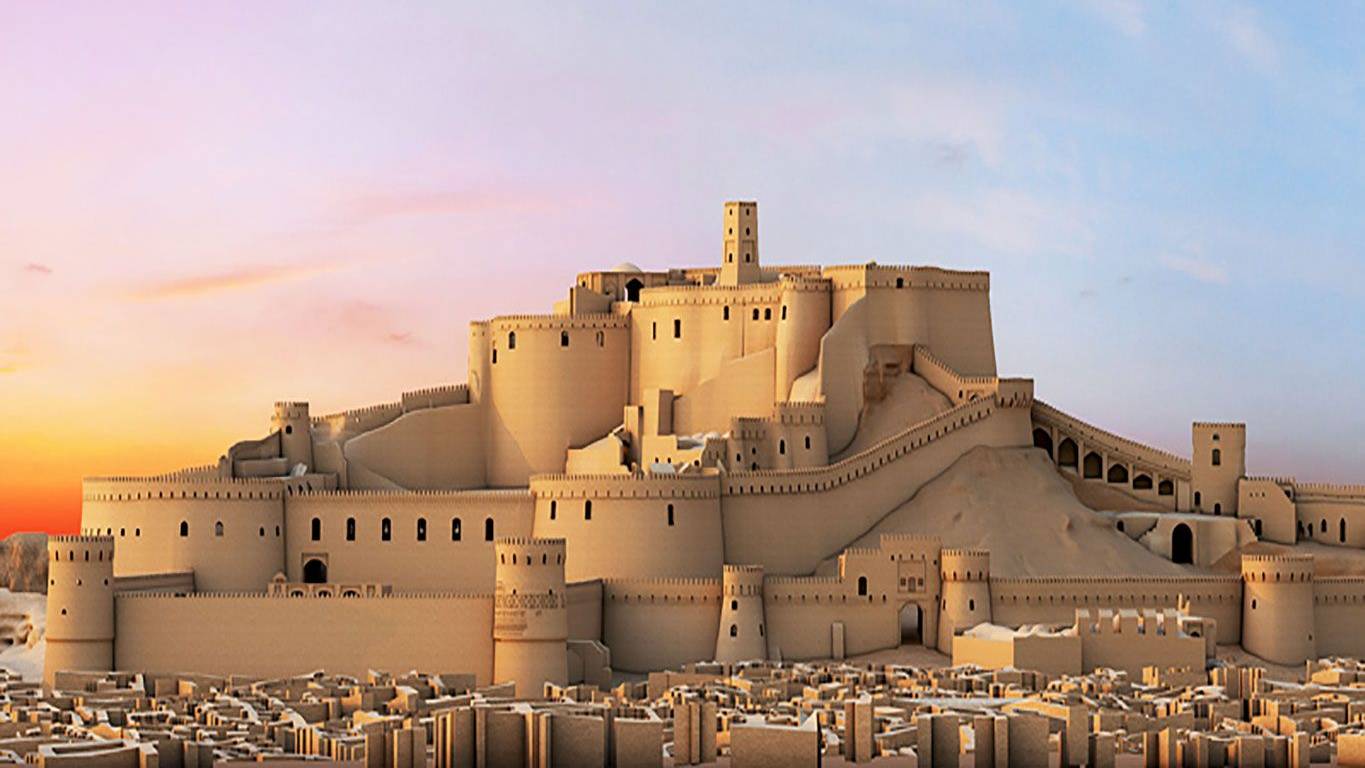
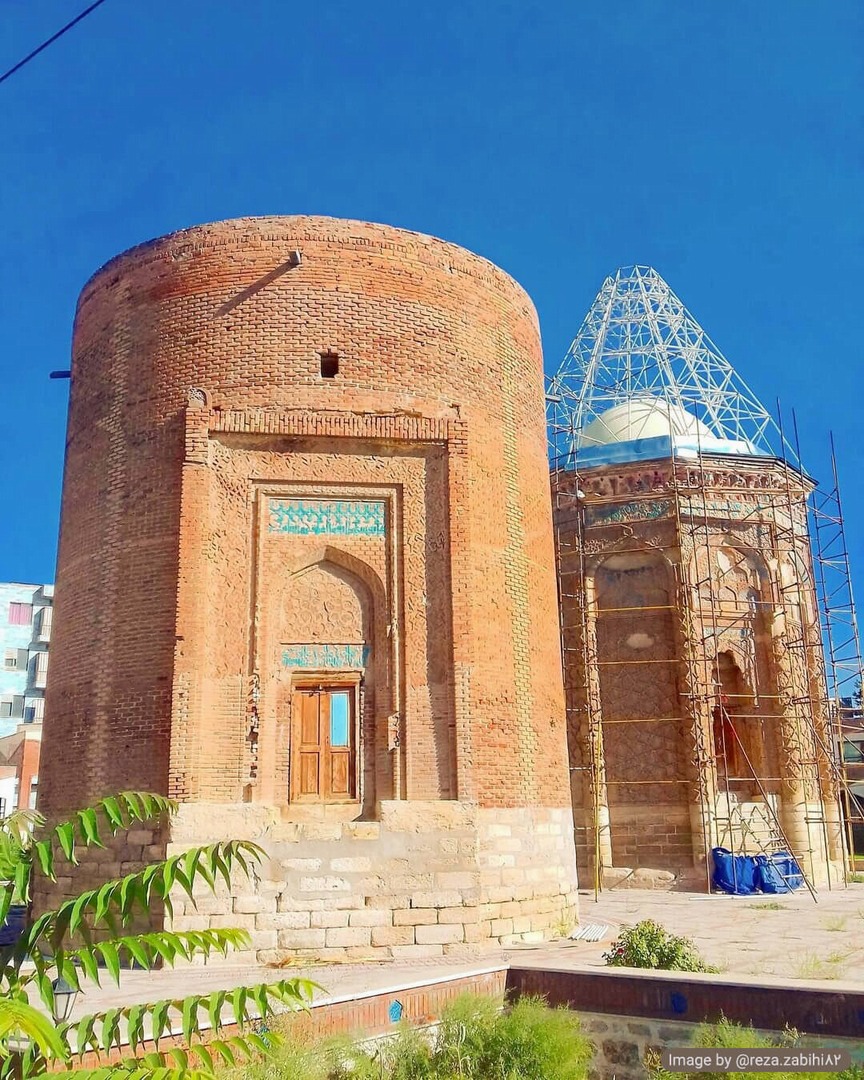
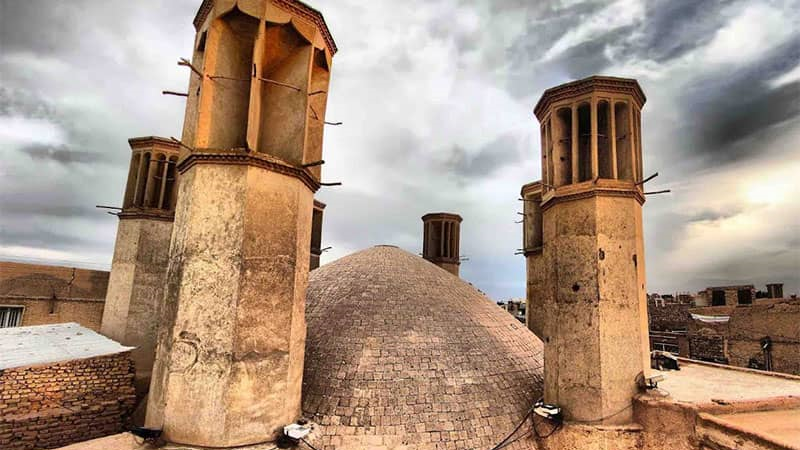
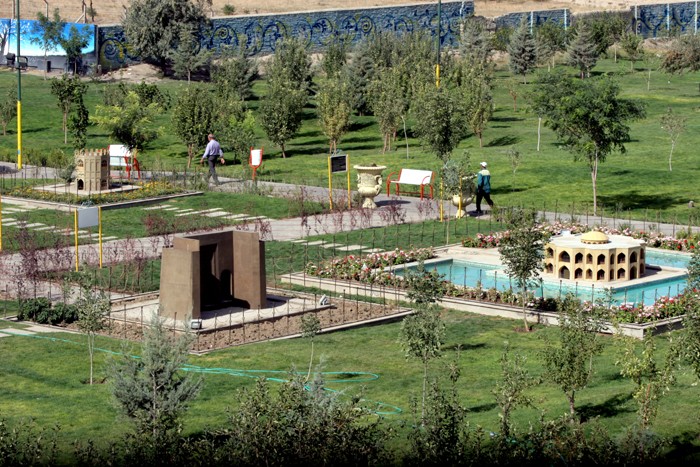

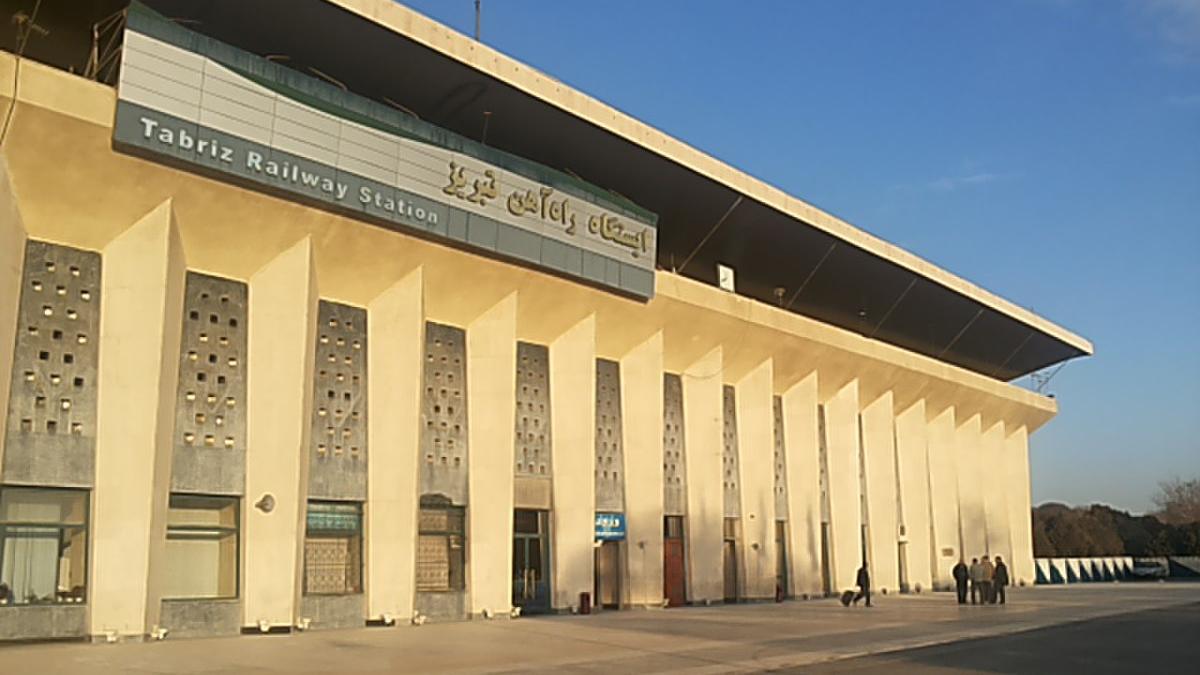
_crop_2.jpg)
